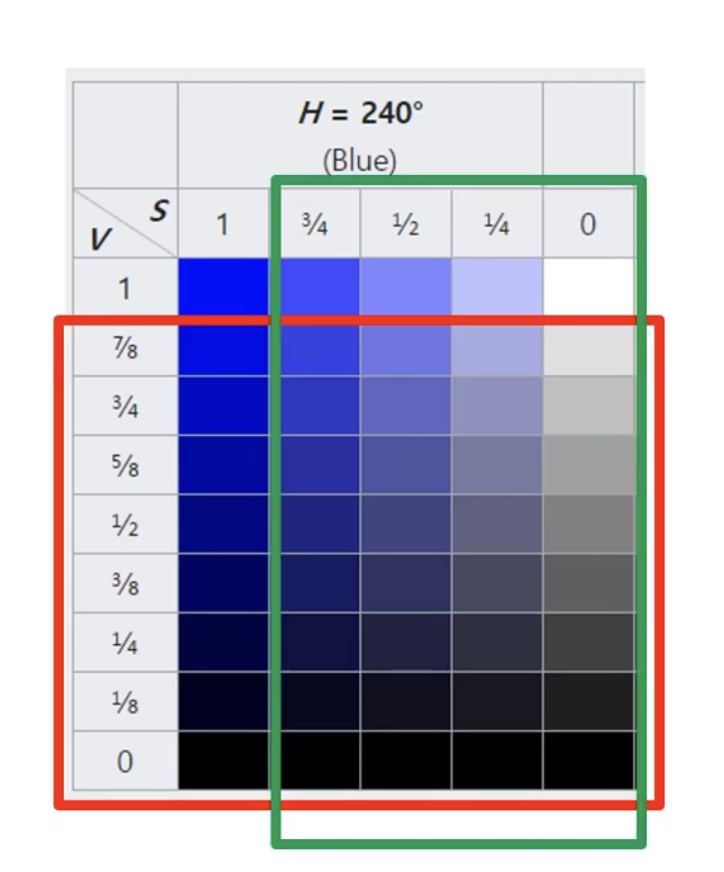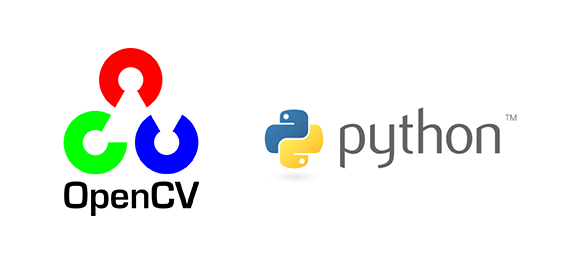5. 웹캠에서 실시간으로 특정색 물체 추적하기
import cv2 as cv
import numpy as np
hsv = 0
lower_blue1 = 0
upper_blue1 = 0
lower_blue2 = 0
upper_blue2 = 0
lower_blue3 = 0
upper_blue3 = 0
# 콜백 함수 정의, 트랙바 생성시 필요로 하는 더미 함수.
def nothing(x):
pass
def mouse_callback(event, x, y, flags, param):
global hsv, lower_blue1, upper_blue1, lower_blue2, upper_blue2, lower_blue3, upper_blue3, threshold
# 마우스 왼쪽 버튼 누를시 위치에 있는 픽셀값을 읽어와서 HSV로 변환.
if event == cv.EVENT_LBUTTONDOWN:
print(img_color[y, x])
color = img_color[y, x]
one_pixel = np.uint8([[color]])
hsv = cv.cvtColor(one_pixel, cv.COLOR_BGR2HSV)
hsv = hsv[0][0]
# 트랙바의 현재값을 가져와 threshold에 대입.
threshold = cv.getTrackbarPos('threshold', 'img_result')
# HSV 색공간에서 마우스 클릭으로 얻은 픽셀값과 유사한 필셀값의 범위를 정함.
if hsv[0] < 10:
print("case1")
lower_blue1 = np.array([hsv[0] - 10 + 180, threshold, threshold])
upper_blue1 = np.array([180, 255, 255])
lower_blue2 = np.array([0, threshold, threshold])
upper_blue2 = np.array([hsv[0], 255, 255])
lower_blue3 = np.array([hsv[0], threshold, threshold])
upper_blue3 = np.array([hsv[0] + 10, 255, 255])
# print(i-10+180, 180, 0, i)
# print(i, i+10)
elif hsv[0] > 170:
print("case2")
lower_blue1 = np.array([hsv[0], threshold, threshold])
upper_blue1 = np.array([180, 255, 255])
lower_blue2 = np.array([0, threshold, threshold])
upper_blue2 = np.array([hsv[0] + 10 - 180, 255, 255])
lower_blue3 = np.array([hsv[0] - 10, threshold, threshold])
upper_blue3 = np.array([hsv[0], 255, 255])
# print(i, 180, 0, i+10-180)
# print(i-10, i)
else:
print("case3")
lower_blue1 = np.array([hsv[0], threshold, threshold])
upper_blue1 = np.array([hsv[0] + 10, 255, 255])
lower_blue2 = np.array([hsv[0] - 10, threshold, threshold])
upper_blue2 = np.array([hsv[0], 255, 255])
lower_blue3 = np.array([hsv[0] - 10, threshold, threshold])
upper_blue3 = np.array([hsv[0], 255, 255])
# print(i, i+10)
# print(i-10, i)
print(hsv[0])
print("@1", lower_blue1, "~", upper_blue1)
print("@2", lower_blue2, "~", upper_blue2)
print("@3", lower_blue3, "~", upper_blue3)
cv.namedWindow('img_color')
cv.setMouseCallback('img_color', mouse_callback)
# 트랙바를 추가하여 채도(Saturation),명도(Value) 값(0~ 255)을 조정하도록 수정.
cv.namedWindow('img_result')
cv.createTrackbar('threshold', 'img_result', 0, 255, nothing)
# 트랙바의 초기값 설정.
cv.setTrackbarPos('threshold', 'img_result', 30)
# 웹캠으로부터 입력을 받기 위해 비디오 캡처 객체 생성.
cap = cv.VideoCapture(0)
while (True):
# img_color = cv.imread('2.jpg')
# 이미지를 웹캠으로부터 캡처하게 함.
ret, img_color = cap.read()
height, width = img_color.shape[:2]
img_color = cv.resize(img_color, (width, height), interpolation=cv.INTER_AREA)
# 원본 영상을 HSV 영상으로 변환.
img_hsv = cv.cvtColor(img_color, cv.COLOR_BGR2HSV)
# 범위 값으로 HSV 이미지에서 마스크를 생성.
img_mask1 = cv.inRange(img_hsv, lower_blue1, upper_blue1)
img_mask2 = cv.inRange(img_hsv, lower_blue2, upper_blue2)
img_mask3 = cv.inRange(img_hsv, lower_blue3, upper_blue3)
img_mask = img_mask1 | img_mask2 | img_mask3
# OPEN-영상의 점으로 보이는 노이즈 제거, CLOSE-물체의 생긴 검은 구멍들을 메움.
kernel = np.ones((11, 11), np.uint8)
img_mask = cv.morphologyEx(img_mask, cv.MORPH_OPEN, kernel)
img_mask = cv.morphologyEx(img_mask, cv.MORPH_CLOSE, kernel)
# 마스크 이미지로 원본 이미지에서 범위값에 해당되는 영상 부분을 획득.
img_result = cv.bitwise_and(img_color, img_color, mask=img_mask)
# 물체의 위치를 추적하는 코드를 추가. 라벨링이 필요.
numOfLabels, img_label, stats, centroids = cv.connectedComponentsWithStats(img_mask)
# 라벨링->물체의 중심 좌표, 영역의 크기, 외각 박스 좌표를 얻을 수 있음.
for idx, centroid in enumerate(centroids):
if stats[idx][0] == 0 and stats[idx][1] == 0:
continue
if np.any(np.isnan(centroid)):
continue
x, y, width, height, area = stats[idx]
centerX, centerY = int(centroid[0]), int(centroid[1])
print(centerX, centerY)
if area > 50:
cv.circle(img_color, (centerX, centerY), 10, (0, 0, 255), 10)
cv.rectangle(img_color, (x, y), (x + width, y + height), (0, 0, 255))
cv.imshow('img_color', img_color)
cv.imshow('img_mask', img_mask)
cv.imshow('img_result', img_result)
# ESC 키누르면 종료
if cv.waitKey(1) & 0xFF == 27:
break
cv.destroyAllWindows()

조명차이 등 TEST 환경 차이로 HSV 값이 다를 수 있다.
색조(Hue) 값이 같더라도 채도(Saturation),명도(Value)에 따라 결과가 다를 수 있기 때문에 추가한 트랙바를 이용하여 채도(Saturation),명도(Value) 값을 수정한다.


